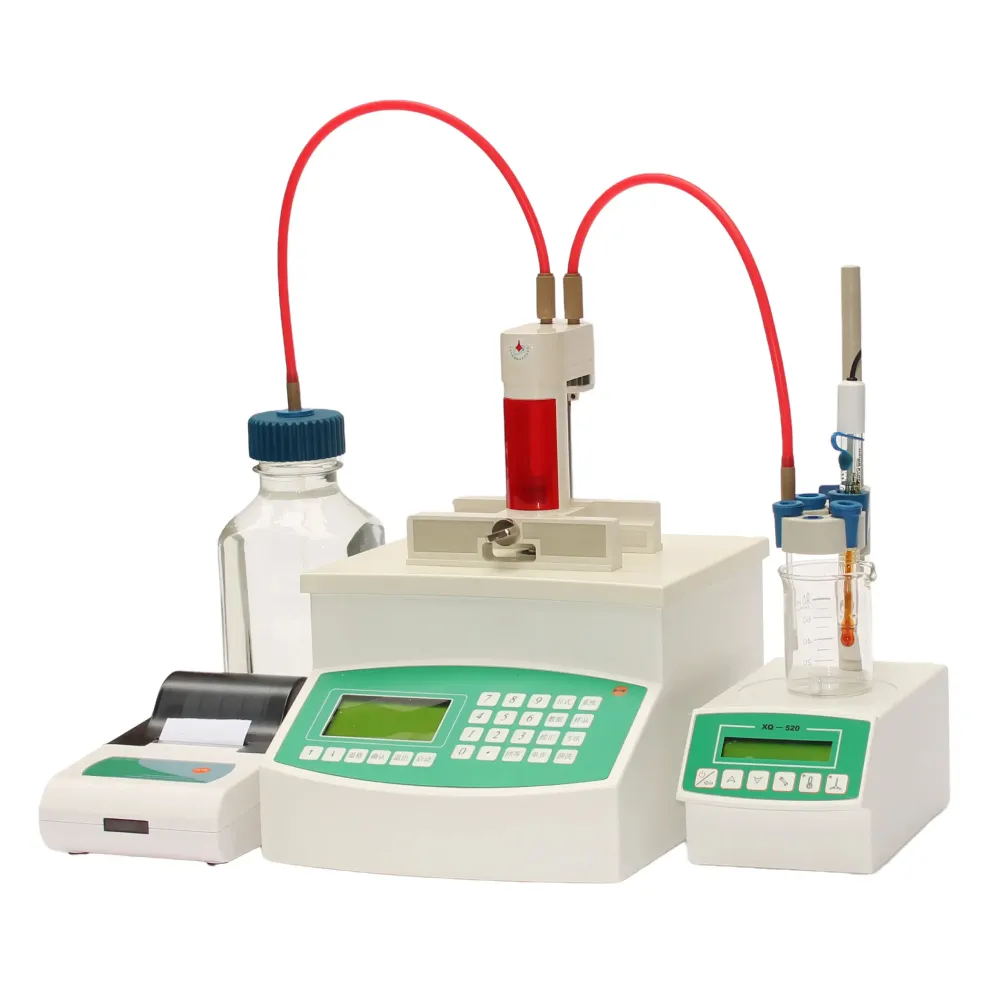 English
English


wire insulation tester
Understanding Wire Insulation Testers Importance and Applications
Wire insulation testers, also known as insulation resistance testers, are essential tools used in electrical maintenance and testing. These devices help ensure the integrity of electrical wiring by measuring the insulation resistance between conductive components and the ground. The importance of wire insulation testing cannot be overstated, as it plays a vital role in preventing electrical failures, ensuring safety, and maintaining compliance with industry standards.
What is a Wire Insulation Tester?
A wire insulation tester is an electronic device that applies a DC voltage to the wire insulation and measures the resistance of the material surrounding the conductive elements. Typically, the testers apply voltages ranging from 250V to 1000V, depending on the application and standards required. The resulting insulation resistance is measured in ohms (Ω). A higher resistance value indicates better insulation quality, while a lower resistance suggests potential issues that need to be addressed.
Importance of Insulation Testing
1. Safety Electrical insulation is crucial for preventing accidental shocks and short circuits. Regular testing ensures that insulation defects are identified before they lead to hazardous situations, protecting both personnel and equipment.
2. Equipment Longevity Degraded insulation can cause equipment failures, leading to costly downtime and repairs. By routinely testing insulation resistance, organizations can detect issues early, extend the life of their equipment, and avoid unexpected operational disruptions.
3. Quality Assurance In manufacturing and installation processes, it is critical to ensure that the insulation quality meets specific standards. Wire insulation testers help maintain quality control, ensuring that all components meet regulatory requirements.
4. Preventative Maintenance Implementing a regular testing schedule allows for predictive maintenance strategies. By monitoring insulation resistance over time, technicians can identify trends that indicate deteriorating insulation, making it possible to schedule maintenance before breakdowns occur.
How to Use a Wire Insulation Tester
Using a wire insulation tester is relatively straightforward, but it requires adherence to safety protocols
wire insulation tester

1. Preparation Ensure that all equipment is powered down and isolated from live circuits. This step is crucial to avoid electrical shocks.
2. Connection Connect the test leads of the insulation tester to the conductor and the ground.
3. Setting the Voltage Select the appropriate test voltage based on the insulation's voltage rating and the manufacturer's specifications.
4. Testing Activate the tester to apply the voltage and wait for the reading. Most modern testers provide digital displays that show the insulation resistance value.
5. Interpreting Results Compare the measured resistance against acceptable values for your specific application. Values below a certain threshold indicate that the insulation is compromised and needs repairing or replacing.
Common Applications
Wire insulation testers are used across various industries, including
- Power Generation and Distribution To ensure the reliability of transformers, generators, and overhead lines. - Industrial Manufacturing In production lines where machinery and equipment are vital for operations. - Automotive and Aerospace To test the integrity of wiring harnesses and components. - Building and Construction For checking electrical systems in new constructions and renovations.
Conclusion
In conclusion, wire insulation testers are critical devices that play a significant role in maintaining electrical safety and efficiency across various sectors. By ensuring the integrity of wire insulation, these testers not only safeguard people and equipment but also optimize operational performance. Regular insulation testing should be a fundamental part of any electrical maintenance program, enabling organizations to take proactive measures in managing their electrical systems effectively. Investing in a quality wire insulation tester and adhering to a routine testing schedule will help ensure the reliability of electrical installations and operations for years to come.
-
Differences between open cup flash point tester and closed cup flash point testerNewsOct.31,2024
-
The Reliable Load Tap ChangerNewsOct.23,2024
-
The Essential Guide to Hipot TestersNewsOct.23,2024
-
The Digital Insulation TesterNewsOct.23,2024
-
The Best Earth Loop Impedance Tester for SaleNewsOct.23,2024
-
Tan Delta Tester--The Essential Tool for Electrical Insulation TestingNewsOct.23,2024





